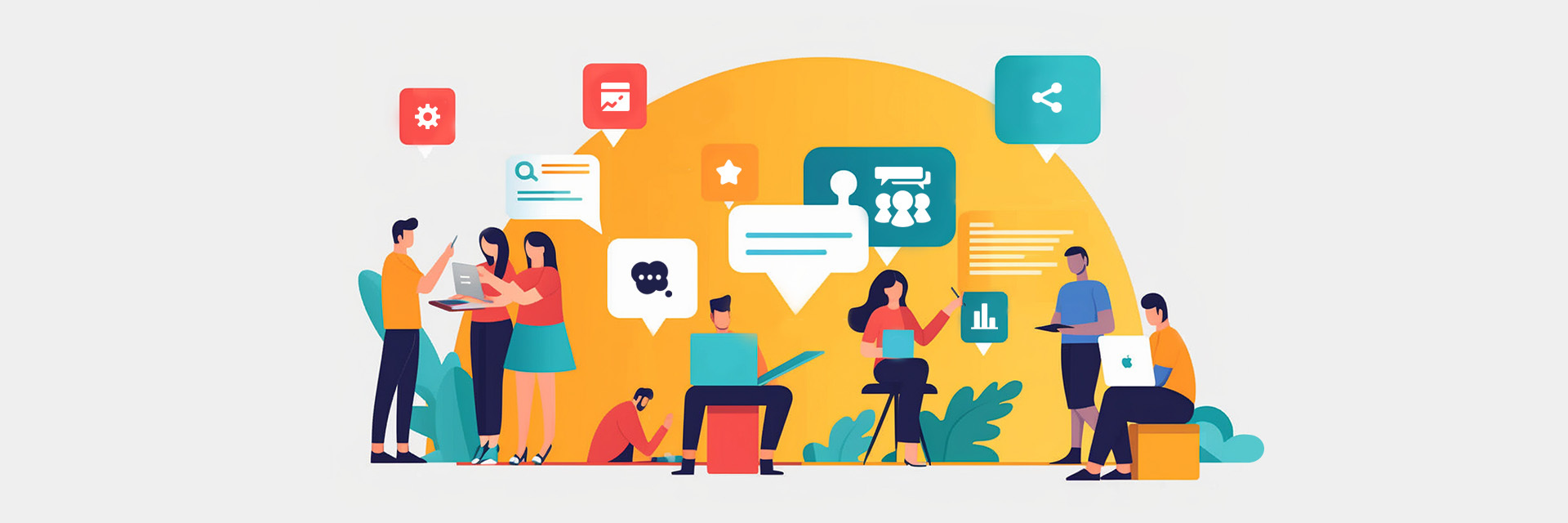7 Reasons Audience Segmentation Should Be Key to Your Brand Strategy
April 2019

While audience segmentation and personalization are both effective marketing strategies, they are also very different strategy components. Segmentation is the grouping of customers together by characteristics like age, geography or gender. Personalization, on the other hand, gets more specific. Instead of refining experiences and messages according to a group, personalization refines according to the individuals within those groups. In advertising, personalization uses data points like niche interests and buying intent to increase an ad’s relevancy.
Audience segmentation and personalization do have one thing in common: they are critical to a successful brand strategy. Here are seven key reasons why brands should prioritize segmentation and personalization in 2019.
Unsplash
- Stay Relevant
When brands segment audience personas, they’re capable of remaining on-message with each separate segment, because they already know which messages will resonate with whom. If you were the owner of a shoe brand that made shoes for both men and women, why waste time advertising your new men’s sneakers to everyone? Not only would that be costly, but it could also lead the wrong audience not just losing interest in the ad, but the brand itself.
To test the success of audience segmentation on email performance, the marketing automation platform MailChimp sampled 2,000 users who sent both segmented and non-segmented campaigns. On average, the segmented campaigns resulted in 14 percent higher open rates and 101 percent higher click-through-rates.
- Reach a Wider Audience
Once a brand has established audience segments, it has enough data to look for commonalities between those segments for secondary targeting. According to Mitch Duckler at Target Marketing, “While the needs and attitudes of these segments are likely different, it may be possible to find a “bridge” that can connect them from a value proposition perspective without overly diluting or fragmenting the value proposition in the process.”]
- Increase ROI
Audience segmentation helps brands understand what people want. This can save time and energy on both sides, as well as money. Platinum Skin Care reported that once it decided to use audience segmentation, it was able to convert 17 percent of its leads into paid customers. There was not even extra work—the process was automatic and easy. The customers enjoyed hearing about products they cared about, and the brand enjoyed higher ROI.
- Create Better Content
Constant Contact points to the Share A Coke campaign as a great example of personalization, allowing brands to create better content. This simple campaign allowed Coca-Cola to grow sales for the first time in 10 years by merely printing on Coke bottles some common names to appeal to millennials. With personalization, brands create unique experiences with individuals that increase their overall likeability.
- Make Customers Feel Valued
Personalization allows brands to connect with consumers in a way that customers crave in our generation of Robocalls and screens. Consumers are desperate to be “recognized as human beings,” says small business expert and internet pioneer Susan Solovic. “Personalized marketing gives customers a sense of identity. They cease to be one of the masses, and instead become an individual with unique wants and needs.”
- Make Astute Recommendations
Amazon has been personalizing its recommendations since 2013, both accommodating and entertaining consumers depending on what they choose to recommend. Amazon’s recommendations cross product categories, too, touching almost every aspect of life, from books and movies to kitchen items and clothing.
- Gain Trust
When customers feel valued as human beings because a brand has taken the time to figure out what they care about, the brand is more likely to gain trust. Personalization allows brands to foster meaningful, two-sided relationships with their customers. However, it’s important to recognize the fine line between personalization and privacy and understand when the brand is abusing your customers’ trust. Amanda Zantal-Wiener at HubSpot reminds marketers to remember they too are consumers. When it comes to personalization efforts, she recommends marketers ask themselves two questions: “Is this delightful? Or is it just creepy?” If it’s creepy, maybe your strategy needs revising.
Erica Garza is an author, essayist and copywriter with over a decade of marketing experience writing about hospitality, health and lifestyle products. Her work has appeared in TIME, Health, Glamour, Good Housekeeping, Women’s Health, The Telegraph and VICE. She lives in Los Angeles.
References:
- https://digitalmarketinginstitute.com/en-us/blog/2018-04-24-customer-segmentation-targeting-a-guide
- https://instapage.com/blog/what-is-personalization
- https://www.829llc.com/blog/audience-segmentation/
- https://www.activecampaign.com/blog/audience-segmentation/
- https://blogs.constantcontact.com/why-personalization-for-marketing/#
- https://www.nbcnews.com/business/consumer/it-s-not-just-you-americans-received-30-billion-robocalls-n838406
- https://www.marketo.com/articles/how-is-personalization-changing-the-face-of-marketing/
- https://blog.hubspot.com/marketing/marketing-personalization-examples
- https://blog.hubspot.com/marketing/personalization-versus-privacy




